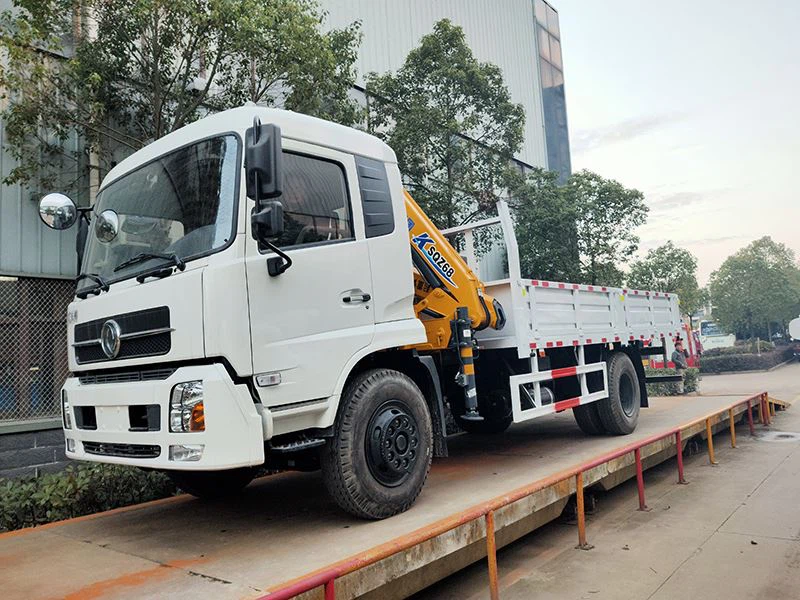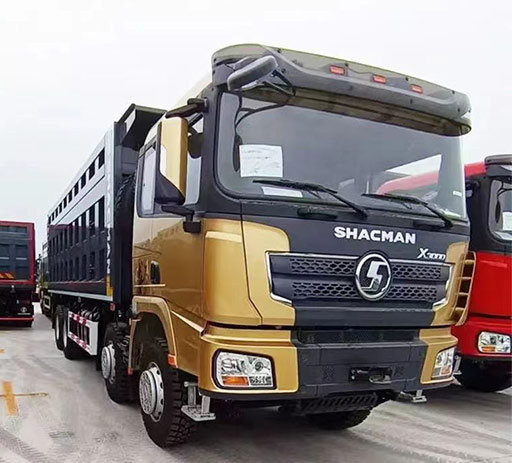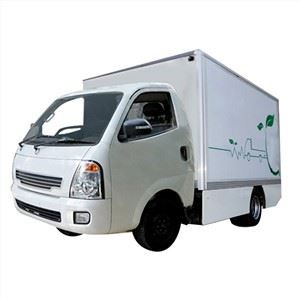Sewer Truck: Essential Insights for Understanding and Utilizing This Critical Equipment

The sewer truck, often referred to as a vacuum truck, plays a pivotal role in maintaining urban infrastructure. This powerful vehicle is designed to remove sewage and waste from the sewage systems, ensuring our cities remain clean and safe. In this comprehensive guide, we’ll delve deep into the functionality, types, maintenance, and more associated with sewer trucks.
What is a Sewer Truck?
A sewer truck is a specialized vehicle that combines vacuum capabilities and waste storage to manage sewage and liquid waste efficiently. These trucks are equipped with large tanks that can store considerable amounts of liquid waste, making them indispensable for municipalities, construction sites, and other industries that require the management of liquid waste.
How Does a Sewer Truck Work?
Sewer trucks operate using a combination of vacuum and pressure technologies. The truck has a powerful vacuum pump that creates suction to remove waste from underground sewer systems or surfaces. Once the waste is vacuumed, it is stored in a large tank onboard the truck.
Components of a Sewer Truck
- Vacuum Pump: This powerful device creates suction to draw waste into the tank.
- Storage Tank: Usually made of stainless steel, this tank stores the collected waste until disposal.
- Hoses and Nozzles: Flexible hoses and specialized nozzles help reach difficult areas and connect the truck to sewerlines.
- Water System: Many sewer trucks have a water system to assist in flushing out pipes or cleaning up spills.

Types of Sewer Trucks
There are several types of sewer trucks, each designed to meet specific needs:
| Type | Description |
|---|---|
| Combination Trucks | Equipped with both vacuum capabilities and high-pressure water jetting, ideal for cleaning and clearing clogs. |
| Vacuum Tankers | Primarily designed for suction and transport of liquid waste without the pressure cleaning feature. |
| Jetting Trucks | Specialized for high-pressure water jetting to clear blocked pipes and lines. |
| Sewer Inspection Trucks | Equipped with cameras and telemetry systems to inspect the condition of sewer lines. |
Applications of Sewer Trucks
Sewer trucks are employed in various settings, including residential, commercial, and industrial applications. Here are some practical examples:
Municipal Waste Management
City governments use sewer trucks for regular maintenance of sewage and stormwater systems. This prevents blockages and overflows, which can lead to environmental hazards.
Construction Sites
During construction projects, sewer trucks help manage excess water and waste material from excavations, keeping sites safe and operational.
Home Services
Private service providers often use sewer trucks to clear blocked drains and perform regular maintenance for residential properties.
Maintenance of Sewer Trucks
Regular maintenance of sewer trucks is crucial to ensure optimal performance and longevity. Here are some maintenance tips:
Routine Inspections
- Inspect hoses and connections for leaks or wear.
- Check the vacuum pump’s performance and replace filters as necessary.
- Examine the tank for corrosion or damage.
Cleaning Procedures
After each use, ensure that the tank and hoses are properly cleaned to prevent odor and buildup of waste materials.
Scheduled Servicing
Schedule professional servicing at regular intervals to check crucial system components, including the vacuum pump and hydraulic system, to prevent unexpected breakdowns.
Choosing the Right Sewer Truck
Selecting the appropriate sewer truck involves various considerations to match specific needs. Here are key factors to keep in mind:
Capacity
Consider the tank size and design based on the volume of waste your operation typically handles. Small municipalities may opt for smaller trucks, while larger cities or contractors may require trucks with larger capacities.
Functional Features

Evaluate whether you need additional features like pressure jetting capabilities, additional tanks, or advanced inspection tools.
Cost Efficiency
Consider both the initial purchase price and ongoing maintenance costs when budgeting for a sewer truck.
Regulations and Compliance
Sewer truck operators must adhere to various local, state, and federal regulations concerning waste management and disposal. Familiarizing yourself with these regulations is essential to maintain compliance and avoid fines.
Environmental Considerations
Ensure that your waste disposal methods comply with environmental standards and do your part in minimizing the ecological impact of liquid waste management.
Future Trends in Sewer Truck Technology
The evolution of technology is poised to significantly impact how sewer trucks operate:
IoT Integration
IoT technology can offer real-time monitoring of the truck’s systems, allowing for predictive maintenance and improved operational management.
Electric Sewer Trucks
As electric vehicles gain in popularity, the introduction of electric or hybrid sewer trucks could reduce dependence on fossil fuels and lower operational costs.
FAQ Section
What are the common problems faced with sewer trucks?
Common issues include vacuum pump failures, leaks in the tank or hoses, and regular wear and tear from daily operations. Routine maintenance can mitigate many of these problems.
How often should sewer trucks be maintained?
It’s recommended to perform routine maintenance monthly and have professional servicing at least annually, but it may vary depending on usage frequency.
Can sewer trucks handle hazardous waste?
Some specialized sewer trucks are designed to handle hazardous waste, but appropriate certifications and training are necessary for operators.
What kind of training do operators need?
Operators need training in safe vehicle operation, adherence to regulations, proper waste handling practices, and emergency procedures.

Are there eco-friendly sewer trucks available?
Yes, newer sewer trucks are being designed with environmental concerns in mind, including options for electric models and those equipped with better waste processing systems.
How does one dispose of waste collected by sewer trucks?
Waste collected by sewer trucks is usually transported to wastewater treatment facilities where it is properly treated and disposed of safely.
